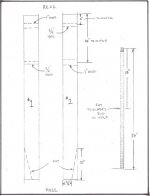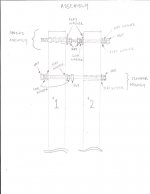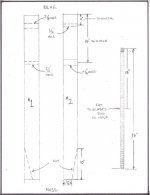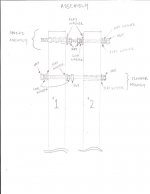Welcome to the Checkmate Community Forums forums.
You are currently viewing our boards as a guest which gives you limited
access to view most discussions, articles and access to our other FREE features.
By joining our free community you will be able to:
» Interact with over 10,000 Checkmate Fanatics from around the world!
» Post topics and messages
» Post and view photos
» Communicate privately with other members
» Access our extensive gallery of old Checkmate brochures located in our Media Gallery
» Browse the various pictures in our Checkmate photo gallery
Registration is fast, simple and absolutely free so please, join our community today!
If you have any problems with the registration process or your account login,
please contact support by clicking here or by using the"contact us" link at the bottom of the page.



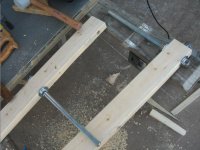


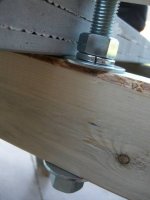
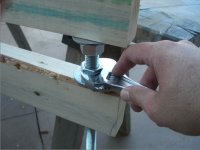

 You guys are freaking brilliant!!!!!!!! I've been looking for a way to replace my clamps that got stole for the aluminum. THIS is it!!!!!
You guys are freaking brilliant!!!!!!!! I've been looking for a way to replace my clamps that got stole for the aluminum. THIS is it!!!!!

